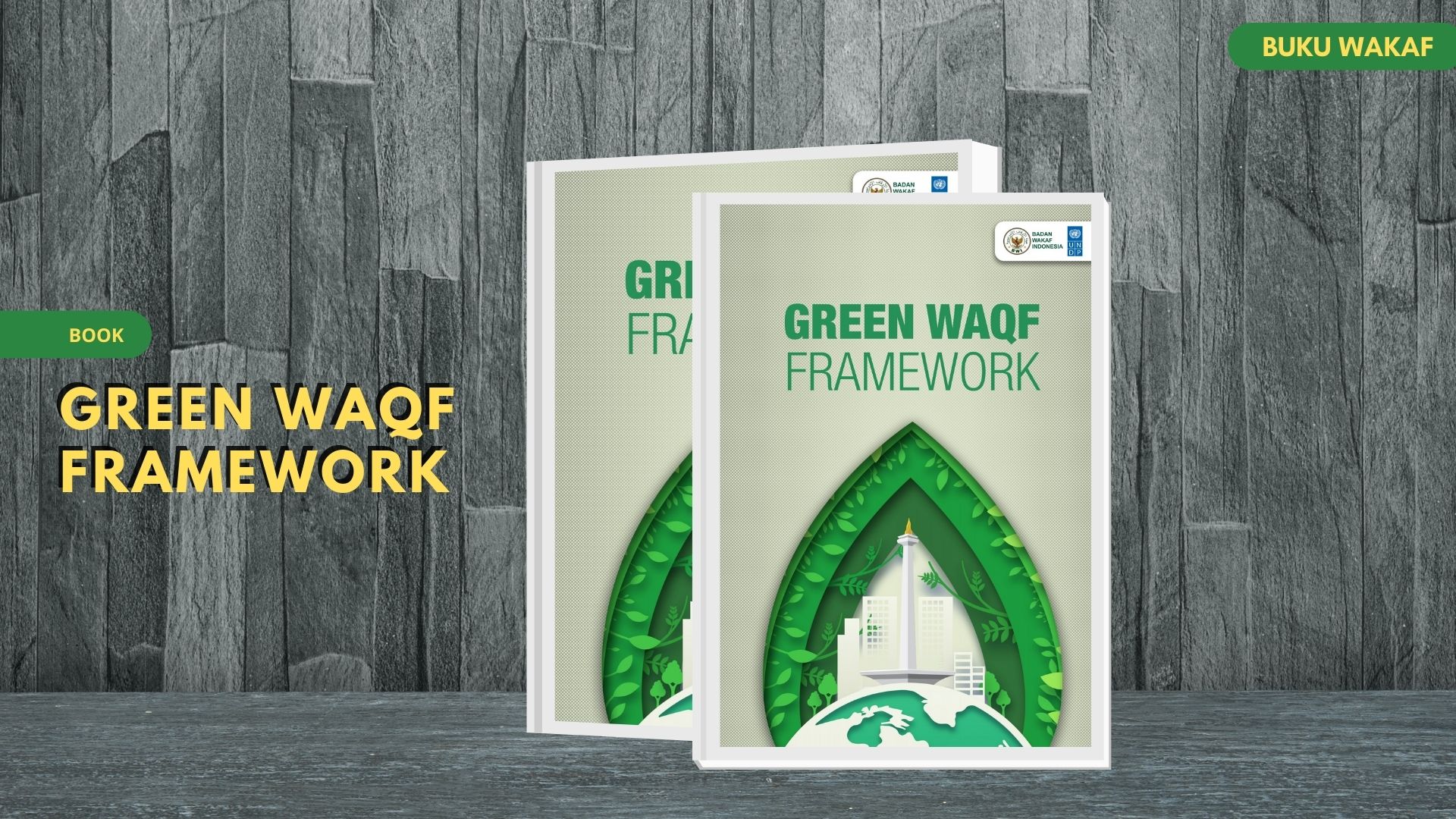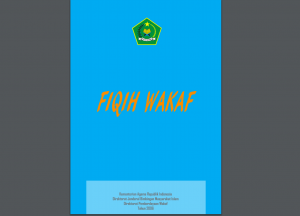The Indonesia Waqf Board (BWI) in collaboration with United Nations Development Programme (UNDP-lndonesia), Waqf Center for Indonesian Development and Studies (WaCIDS), Green Waqf Organization, proposed a Green Waqf Framework, which covers the concept, stages, successful indicators, stakeholder mapping, and policy implications for future development of Green Waqf in Indonesia, based on experiences of related stakeholders in Indonesia.
Chapter 1 elaborates existing climate and energy issues in Indonesia as well as challenge on financing the programs related to aforementioned issues, especially to fulfill Indonesia’s Nationally Determined Contribution (NOC) for Paris Agreement. From that background, opportunities of Green Waqf implementation are highlighted as part of solution to overcome environmental issues, including climate and energy as mentioned earlier.
Chapter 2 explains concept of waqf and its potential to solve environmental and social welfare problems. In general, waqf is defined as donated property used for the benefit specified by the donor, in which the purpose must be benevolent, normally serving community interests. Waqf principles, i.e., i) perpetuity; ii) irrevocability; and iii) inalienability, great potential charity tool for forming solid not-for-profit organizations that can address a variety of social needs in both Muslim and non-Muslim societies. Related with environmental issues, waqf may be utilized in form of (but not limited to) land trust committed in perpetuity to support charitable objectives, like agricultural and range research, wildlife propagation, public cisterns, and gardens, or in the form of a fund to finance such projects. Meanwhile, in terms of social welfare issues, waqf may tackle financial difficulties driven social problems such as poverty, access for education and healthcare as well as financial assistance for community development programs.
Chapter 3 focuses on Green Waqf Framework. Green Waqf itself is defined as the utilization of a waqf asset to support the attainment of ecological balance and sustainability, while also providing a social and economic impact for society. This chapter also discusses four stages proposed to ensure implementation of Green Waqf Framework, namely: i) preconditional stage; ii) consolidation stage; iii) project development stage; and iv) mainstreaming stage. Each stage contains stakeholders’ mapping and steps taken towards implementation.
Chapter 4 provides business model foundation for Green Waqf Project implementation, including stakeholders’ mapping and analysis, which mainly consists of Islamic finance-related stakeholders and green-related stakeholders. Also, a pilot project on tamanu plantation is proposed. Tamanu/Nyamplung/Calophyllum inophyllum is pioneer plant, meaning that it is suitable to be planted in barren land or any harsh condition, with potential for both land restoration and as an alternative source of biodiesel. Also, proposed budget and steps-taken for the pilot project is elaborated in this chapter.
Chapter 5 elaborates several evidence-based practices on environmental related waqf projects, including cases in Indonesia (Waqf Forest and Berbagi Listrik Projects) as well as global cases (Kuwait Company for Environmental Services and Piped Water System in Shiraz City).
Chapter 6 summarizes policy recommendations to support implementation of Green Waqf Framework for main stakeholders related, including government, waqf authorities, religious scholars, and higher education institutions, as well as recommendations on technical aspects for implementation.
Download Buku Green Waqf Framework INS-20SEP-GREEN WAQF FRAMEWORK ![]()





